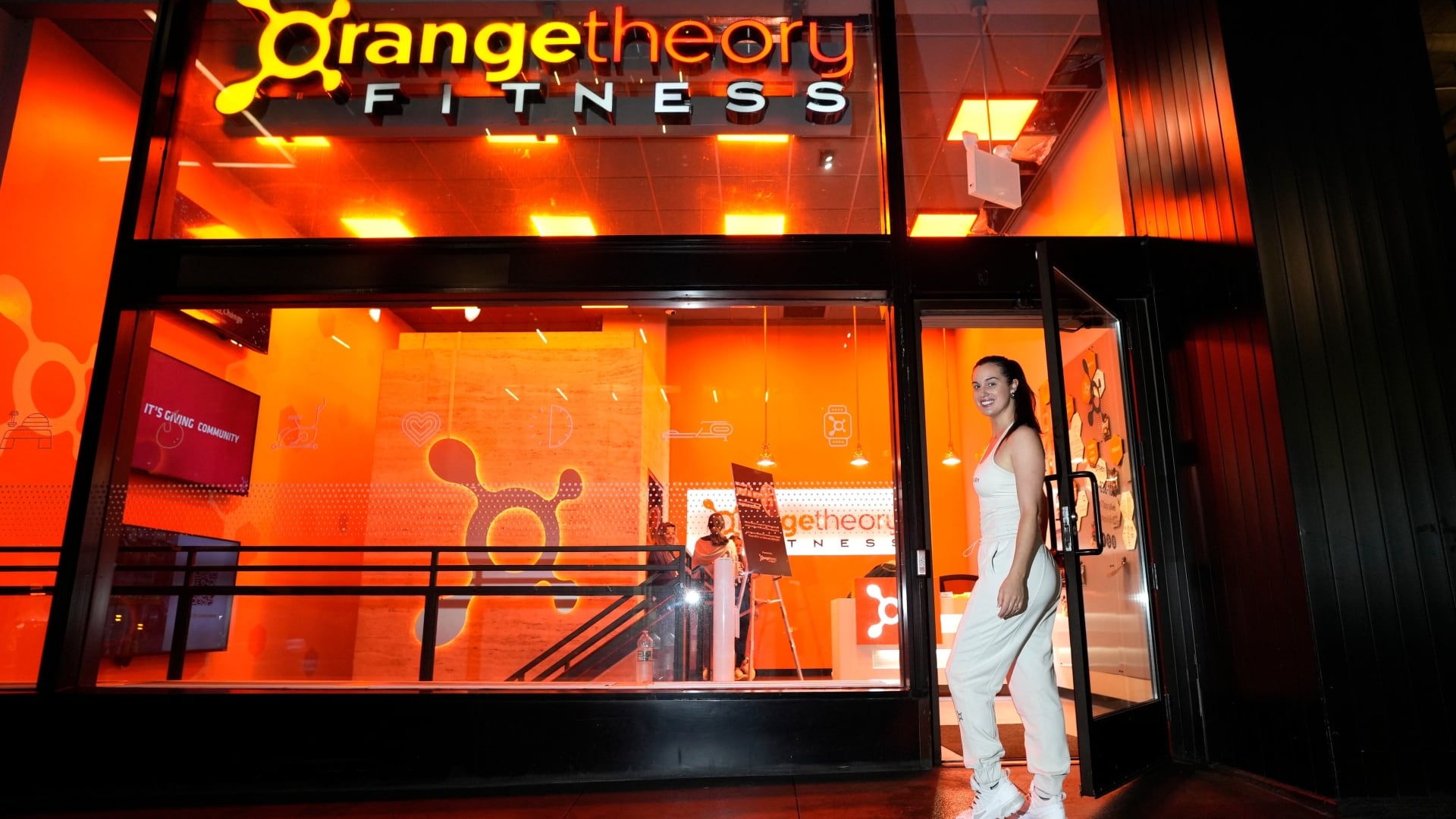Dairy milk production grew each year from 2010 to 2019, but for the budding $2 billion plant-based milk industry, there looks to be no ceiling to its growth — thanks in part to the dairy industry itself.
In 1996, Silk soy milk became one of the first alternatives to be sold out of a carton in grocery dairy aisles, a move that would benefit future milk alternatives. More than a decade later in 2009, the Blue Diamond Growers, a group of California-based almond farmers, made a move to get almond milk products into stores nationally, and the following year Silk introduced its own version of almond milk. By the end of 2010, the milk alternative category saw a 13 percent increase in sales year-over-year.
"We knew if we were wanting to compete with them, we would need to be in the refrigerated case," Al Greenlee, director of marketing at Blue Diamond, said.
Consequently, Blue Diamond partnered with the second-largest dairy company in order to grab the coveted supermarket real estate, and in time more alternative milk producers sought to enter the space, especially without facing the same pushback against their brands being sold in the dairy section.
Refrigerated Cases Welcome Even More Alternative Milk
Sweden-based oat milk maker Oatly's products were not originally sold out of those refrigerated sections of grocery stores. Once CEO Toni Petersson took the helm in 2012, he worked to change that, and the company saw a jump in sales from $68 million to $110 million between 2017 and 2018.
Oatly's product placement would become a game-changer for the company.
After nearly doubling sales in 2019 and partnering with a slew of heavy-hitter celebrities, including Oprah, Jay-Z, and Natalie Portman, the oat milk maker reached a valuation of more than $2 billion.
'Got Milk?' Pushed a Generation
Options like soy milk go back to China in the 14th century and almond milk references have been found dating back to Baghdad in 1226. But for Americans, dairy has long been considered a household staple.
In 1993, the California Milk Processor Board's famous 'Got Milk?' ad campaign launched, encouraging Americans to consume more dairy products. The campaign claimed dairy milk promoted bone strength and was essential for the children's growth, but despite the success of 'Got Milk', more Americans have continued shifting toward non-animal-based alternatives.
The transition wasn't all peaches and non-dairy cream. Growing in popularity in the early 2000s, soy milk hit a rough patch in the United States after it was alleged that its contents could boost estrogen levels in men. That concern would come to be seen as largely unfounded years later.
Today, the plant-based milk industry has an estimated value of $22.6 billion, and with its compound annual growth rate at 10.8 percent, it's expected to hit $40.6 billion in just five years.
Traditional cow milk isn't leaving the supermarket just yet, but as Americans become more health-conscious and intentional about sustainability in an effort to slow climate change, the dairy industry is likely to continue to lose consumers.



